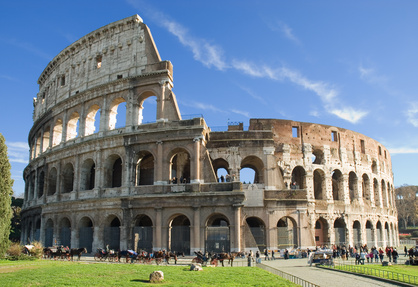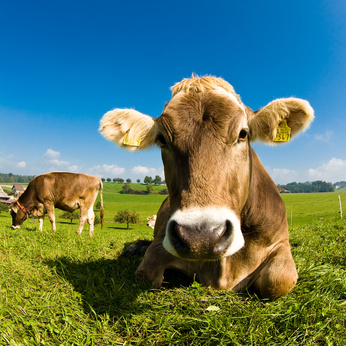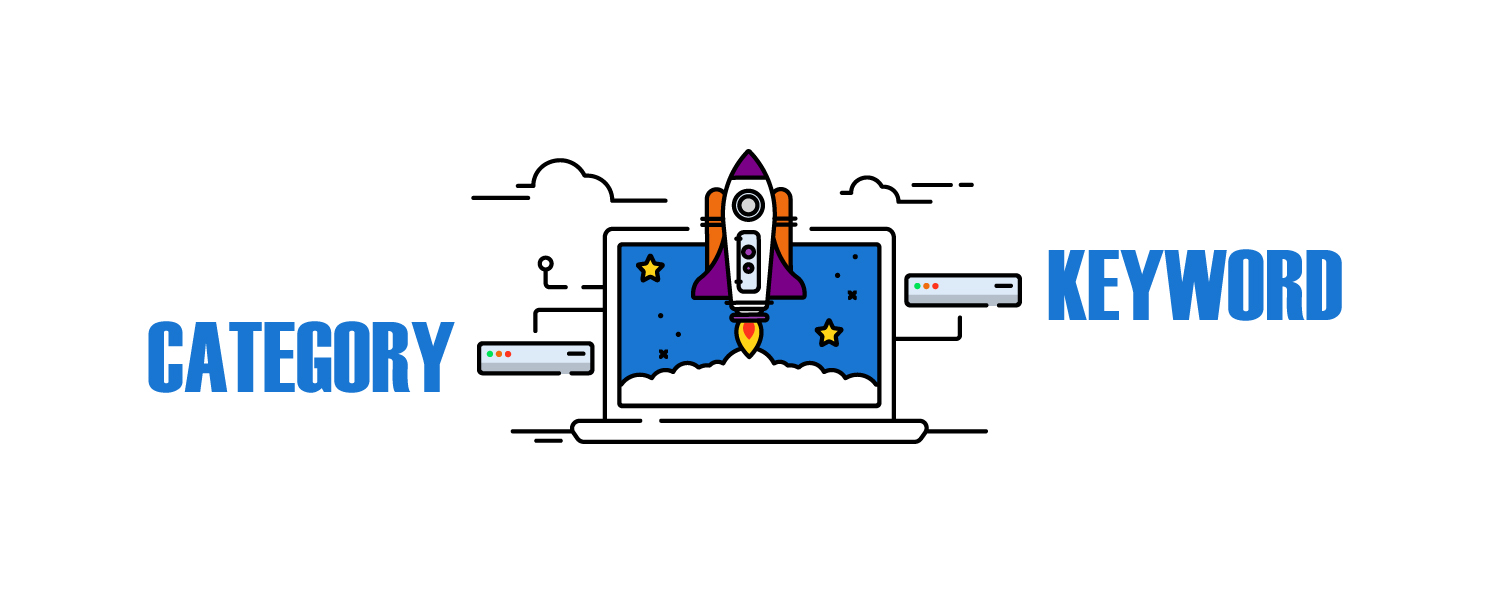
One of the frequently asked questions by Daminion customers is – what are the differences between Categories in and Keywords in general, and in Daminion particularly.
Categories are broad and general, high level views that allow the user to easily identify a particular group of images (or documents).
Keywords are more specific, low level descriptions, offering a narrower view of whatever the subject of the image (or document) might be.
If you have a general idea of what you’re looking for – but don’t know precisely – you can browse categories to see what “jumps out”. If you have a particular image in mind, you can search using keywords to find the exact image you need.
In most cases an image contains several categories and a great many keywords. It’s a good idea to limit the number of Categories, and it helps to have some predefined set of hierarchical categories that can be expanded on later. Photo stock services have solid experience here. You can, for example, use Fotolia Categories as a basis for your own.
The amount of keywords, however, is almost endless, so it’s better to add them as needed.
Some examples

Categories
- Architecture > Historical Architecture > Ruins
- Travel > European Landmarks > Rome
Keywords
Ancient, arches, architectural, architecture, arena, coliseum, gladiators, historic, Italian, monument Rome, roman, stone, tourism, travel

Categories
- Architecture > Home Renovations > Garden Conceptual
- Leisure > Home/Garden > Gardening
Keywords
beauty, landscape design, fern, garden, gardening, green, nature, park, pebbles, plants, stairs, steps, stones, summer, trees, wooden

Categories
- Fauna & Flora > Animals Arrow > Animal
- Emotions & Feelings > Happiness > Joy
Keywords
agriculture, animal, beef, blue, bovine, brown, bull, cattle, chew, cow, distortion, farm, fish-eye, funny, grass, green, hay, landscape, milk, nose, ruminant, sky, straw
In Daminion, Categories and Keywords have the the same behavior:
- You can assign multiple Categories or Keywords to a file
- You can create hierarchical Categories or Keywords
- Both tags are mapped to the metadata (IPTC and XMP)
Metadata Mapping
Daminion follows to the MWG specification that advice how to map tags to the metadata:
Categories Mapping
Read:
- XMP: Photoshop.SupplementalCategories
- IPTC: SupplementalCategory
Write:
- XMP: Photoshop.SupplementalCategories
Keywords Mapping
Read & Write
- XMP: Lightroom.HierarchicalSubject
- XMP: DC.Subject
- XMP: MicrosoftPhoto.LastKeywordIPTC
- XMP: MicrosoftPhoto.LastKeywordXMP
- IPTC: Keywords
- EXIF: XP Keywords
A brief info from MWG Specification
5.1 Keywords
Keywords are widely used across software applications today and are also called “tags” by some applications and services. Since so many existing applications allow for keyword display and editing it is now often misused. Keyword properties are no longer strictly for keywords; applications overload them with general-purpose information for purposes such as workflow or task management. Recent cameras also have the ability to assign tags automatically while shooting pictures. Keywords tend to be user customizable, although in the case of devices they are sometimes fixed.
5.10 Hierarchical Keywords
Keywords are one of the most popular and effective tagging mechanisms for images and were discussed at length in the first version of the Metadata Working Group’s (MWG) guidance, published in 2008. However, with a growing number of keywords in a given portfolio, users are looking for smarter ways to organize and assign keywords while making sure they still can filter and search for their images effectively. Rich tagging (hierarchies, synonyms, and external vocabularies) is not only essential to the professional photographer, but is also of increasing value to the private photographer with a large portfolio or using Internet photo sharing.
Categories
The perceived motivation for categories is to have nodes in the hierarchy that serve only to help organize the keywords. The applications that support categories do so by allowing any node to be called a category instead of a normal keyword. For example, “States” might be called a category. In that case, searching for “States” might not be allowed and metadata embedded in a file might only mention “Places” and “Wyoming”, leaving out “States”.
Note: This MWG guidance will not provide a specific solution for categories, as it seems not worth the effort to introduce this level of complexity for the consumer.






